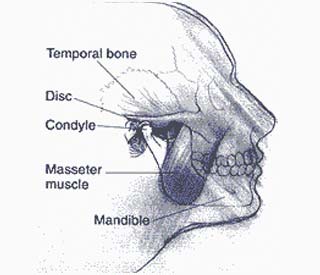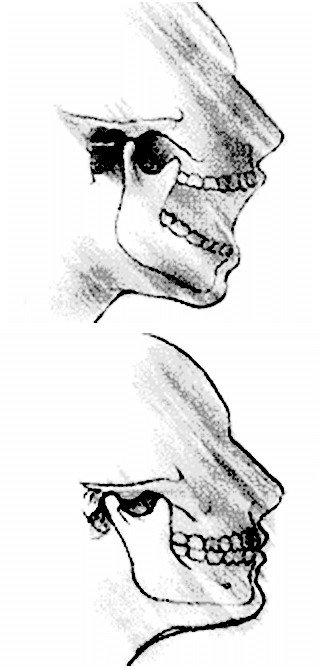TMJ, TMD, Myofascial Pain and Bruxism
Non-Invasive Treatment of Temporomandibular Pain Dysfunction Syndrome and Myofascial Pain
Temporomandibular Disorders (TMD) are not just one disorder, but a group of conditions, often painful, that affect the jaw joint (temporomandibular joint, or TMJ) and the muscles that control chewing.
The disorders appear to affect about twice as many women as men.
Temporomandibular Disorders Fall Into Three Main Categories
- Myofascial pain, the most common form of TMD, which is discomfort or pain in the muscles that control jaw function and the neck and shoulder muscles;
- Internal derangement of the joint, meaning a dislocated jaw or displaced disc, or injury to the condyle;
- Degenerative joint disease, such as osteoarthritis or rheumatoid arthritis in the jaw joint.
What Is the Temporomandibular Joint?
The temporomandibular joint connects the lower jaw, called the mandible, to the temporal bone at the side of the head. If you place your fingers just in front of your ears and open your mouth, you can feel the joint on each side of your head. Because these joints are flexible, the jaw can move smoothly up and down and side to side, enabling us to talk, chew and yawn. Muscles attached to and surrounding the jaw joint control its position and movement.
When we open our mouths, the rounded ends of the lower jaw, called condyles, glide along the joint socket of the temporal bone. The condyles slide back to their original position when we close our mouths. To keep this motion smooth, a soft disc lies between the condyle and the temporal bone. This disc absorbs shocks to the TMJ from chewing and other movements.
Symptoms
A variety of symptoms may be linked to TMD. Pain, particularly in the chewing muscles and/or jaw joint, is the most common symptom. Other likely symptoms include:
- Limited movement or locking of the jaw,
- Radiating pain in the face, neck or shoulders,
- Painful clicking, popping or grating sounds in the jaw joint when opening or closing the mouth.
- A sudden, major change in the way the upper and lower teeth fit together.
Symptoms such as headaches, earaches, dizziness and hearing problems may sometimes be related to TMD. It is important to keep in mind, however, that occasional discomfort in the jaw joint or chewing muscles is quite common and is generally not a cause for concern. Researchers are working to clarify TMD symptoms, with the goal of developing easier and better methods of diagnosis and improved treatment.



